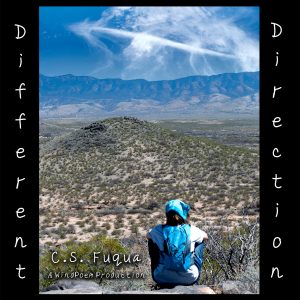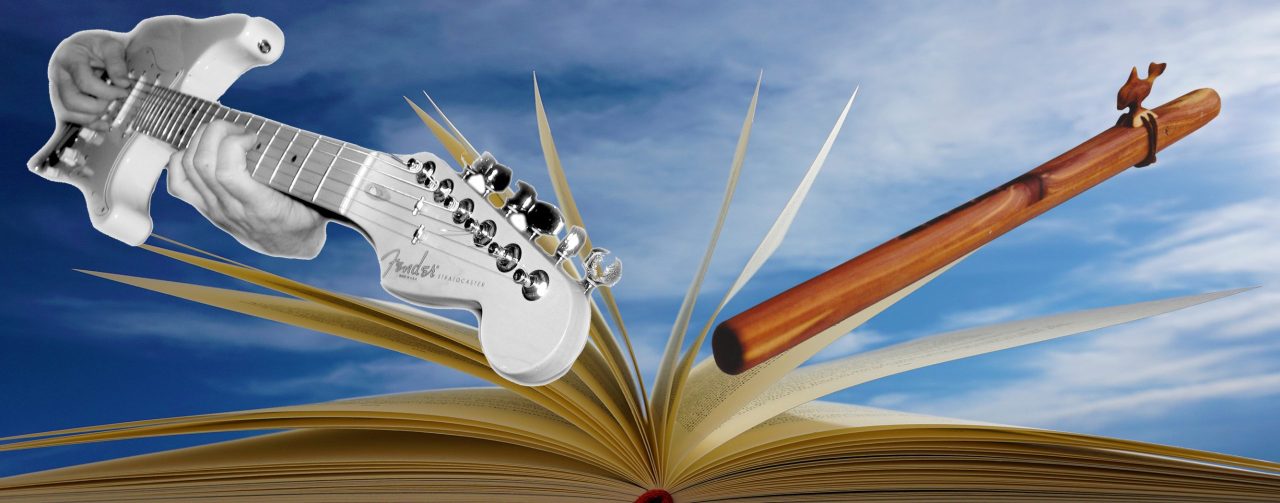
Mention the Native American flute, and the first thing that comes to mind is a beautifully carved piece of artwork that produces soulful sounds. No screaming guitars. No banjos. No brass section. Just that single instrument and its haunting melody that serves as soundtrack to countless Youtube meditation videos.
But the native flute is far more than that.
Las Cruces-based musician C.S. Fuqua’s first six WindPoem ~ Native American Flute Meditations albums fully celebrate the traditional sounds of the native flute, but Fuqua’s native flute music has taken a new turn in his seventh album, Different Direction, blending the flute’s soulful, meditative traditions into diverse compositions of world music influenced by bluegrass, rock, and jazz that combine into a refreshing sound that is at once both familiar and yet new.
Fuqua is not the first to broaden the native flute’s range and use in music. The Rippingtons jazz group featured Robert Tree Cody on two cuts on their 1999 album Topaz. Twenty-one years later, that album remains one of the group’s most popular.
Classically-trained musician R. Carlos Nakai is best known for his traditional native flute work, but he has also broadened the flute’s use in other music genres, collaborating with guitarist William Eaton on new age productions, composers James DeMars and Phillip Glass on classical compositions, the Japanese group the Wind Travelin’ Band, and Tibetan flautist and vocalist Nawang Khechog. Yet, despite these beautiful excursions into other genres, the music that sustains Nakai’s popularity, and that of most native flute musicians, remains rooted in the traditional Native American sound.
Not only is the native flute’s use so grounded in traditional sound, it’s also still fighting the invented belief that it’s a male-only instrument, a false narrative created by European invaders whose sole purpose was to romanticize aspects of native life, even though the flute was played and enjoyed by both genders and all ages. Times are changing, though, thanks to award-winning flautists like Mary Youngblood who have blazed a path of acceptance and expansion that others now follow.
Fuqua’s Different Direction contains twelve world jazz cuts, with native flute featured as primary instrument in more than half of the instrumentals. As more artists produce albums featuring the native flute in modern music, the instrument will continue to expand its range, securing its deserved place in bands of all genres, holding its own with the loudest guitars and most strident brass sections to create a multi-cultural celebration for the ears.
Fuqua’s Different Direction is available for streaming and/or purchase on most major music platforms, including Pandora, Deezer, Amazon, iTunes, and Fuqua’s Bandcamp music website.
Fuqua has researched and published extensively on the history, mythology, and crafting of the Native American flute, including A Comprehensive Guide ~ The Native American Flute ~ History & Craft. His first WindPoem album was released in 2014.
[arrow_forms id=’99’]
